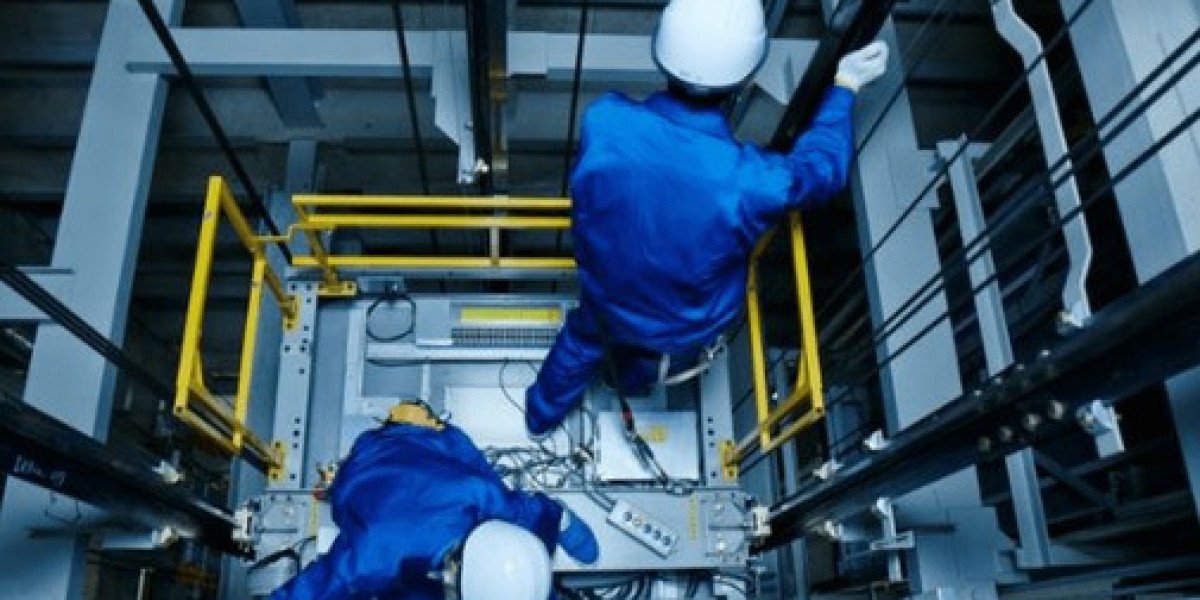Introduction: Understanding Elevator Maintenance
Elevators are integral to modern buildings, providing essential vertical transportation for occupants and goods. However, ensuring their smooth operation and safety requires diligent maintenance. In this guide, we delve deep into elevator maintenance, exploring best practices, common issues, and strategies for optimal performance.
Importance of Regular Maintenance
Regular maintenance is crucial for elevators to function efficiently and safely. Neglecting maintenance can lead to frequent breakdowns, increased downtime, and potential safety hazards. By implementing a proactive maintenance schedule, building owners and managers can minimize disruptions and extend the lifespan of their elevators.
Components of Elevator Maintenance
1. Inspection and Testing
Regular inspection and testing of elevator components are essential for identifying potential issues early on. This includes checking motor functions, door mechanisms, safety systems, and control panels. Inspection should be conducted by qualified technicians following industry standards.
2. Cleaning and Lubrication
Dirt, dust, and debris can accumulate in elevator shafts and components, leading to friction and wear. Regular cleaning and lubrication of moving parts such as cables, pulleys, and guide rails are necessary to reduce friction and prevent premature wear and tear.
3. Component Replacement
Over time, elevator components may wear out and require replacement. This includes worn-out cables, damaged door operators, faulty sensors, and aging control systems. Timely replacement of these components is essential to ensure smooth operation and safety.
4. Safety System Checks
Elevators are equipped with various safety systems, including emergency brakes, overspeed governors, and door sensors. Regular checks and testing of these safety systems are critical to maintaining a safe environment for passengers and preventing accidents.
Common Elevator Issues and Troubleshooting
Despite regular maintenance, elevators may encounter common issues that require troubleshooting. Some of these issues include:
Door Malfunctions: Doors not closing or opening properly can cause delays and safety concerns. This may be due to sensor issues, misalignment, or mechanical faults.
Motor Problems: Motor failures or irregularities can result in elevator malfunctions, such as slow movement or sudden stops. This often requires diagnostic testing and motor repair by experienced technicians.
Electrical Issues: Wiring problems, power surges, or control panel malfunctions can disrupt elevator operations. Thorough electrical inspections and repairs are necessary to address these issues.
Noise and Vibration: Unusual noises or vibrations during elevator operation indicate potential mechanical problems. These issues should be investigated promptly to prevent further damage.
Benefits of Proactive Maintenance
Implementing a proactive maintenance approach for elevators offers several benefits:
Improved Reliability: Regular maintenance reduces the risk of unexpected breakdowns, improving elevator reliability and uptime.
Enhanced Safety: Proper maintenance ensures that safety systems are functional, reducing the likelihood of accidents and injuries.
Cost Savings: Preventive maintenance helps avoid costly repairs and prolongs the lifespan of elevator components, saving on long-term expenses.
Tenant Satisfaction: Well-maintained elevators contribute to a positive tenant experience by providing smooth and efficient transportation.
Conclusion: Elevator Maintenance for Long-Term Performance
Elevator maintenance is a critical aspect of building management, ensuring safety, reliability, and cost-effectiveness. By following best practices, conducting regular inspections, and addressing issues promptly, building owners can optimize elevator performance and enhance overall building functionality.








